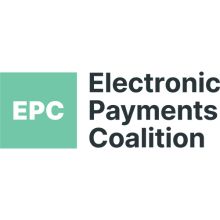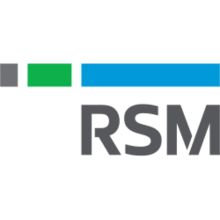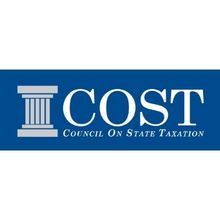Renewable Portfolio Standards (RPS)
Last updated May 2019 In an effort to drive production in renewable energy, 29 states and Washington, D.C., have adopted renewable portfolio standards (RPS), which are also referred to as renewable energy mandates. Generally, RPS mandate that electricity producers supply a minimum percentage of their electricity generation from renewable resources such as wind, solar, geothermal, and biomass. RPS mandates often require the percentage of electricity from renewable sources to increase on an annual basis. An additional eight states have set renewable energy goals similar to RPS programs but on a voluntary basis. Thirteen states, mostly clustered in the southeastern region of the country, do not mandate or encourage voluntary renewable energy targets for their electric utility companies. Opponents assert that RPS mandates unnecessarily distort the free market and raise electricity prices for manufacturers and consumers. They further argue that rising electricity prices from expensive renewable resources can spur energy-intensive manufacturing companies to move their operations to states that utilize less costly energy resources like coal or natural gas. In early 2015, West Virginia Governor Tomblin (D) signed a bill (WV HB 2001) to repeal the state's alternative energy goals. As Senate President, Tomblin voted for the passage of the Alternative and Renewable Energy Portfolio Act in 2009. But Governor Tomblin cited “economic drivers and factors” changing since the Act's 2009 passage for his decision to sign the repeal bill. In Kansas, lawmakers, Governor Brownback, and the wind industry agreed to legislation (KS SB 91) that converted Kansas' RPS from a mandate to a voluntary goal. The Mike O’Neal, CEO of the Kansas Chamber, notes that converting the RPS to a voluntary standard at this time forestalls any action to increase the RPS (to at least 25% by 2025 as RPS supporters wanted).
Research & ResourcesResearch
Journalism & Opinion
|















